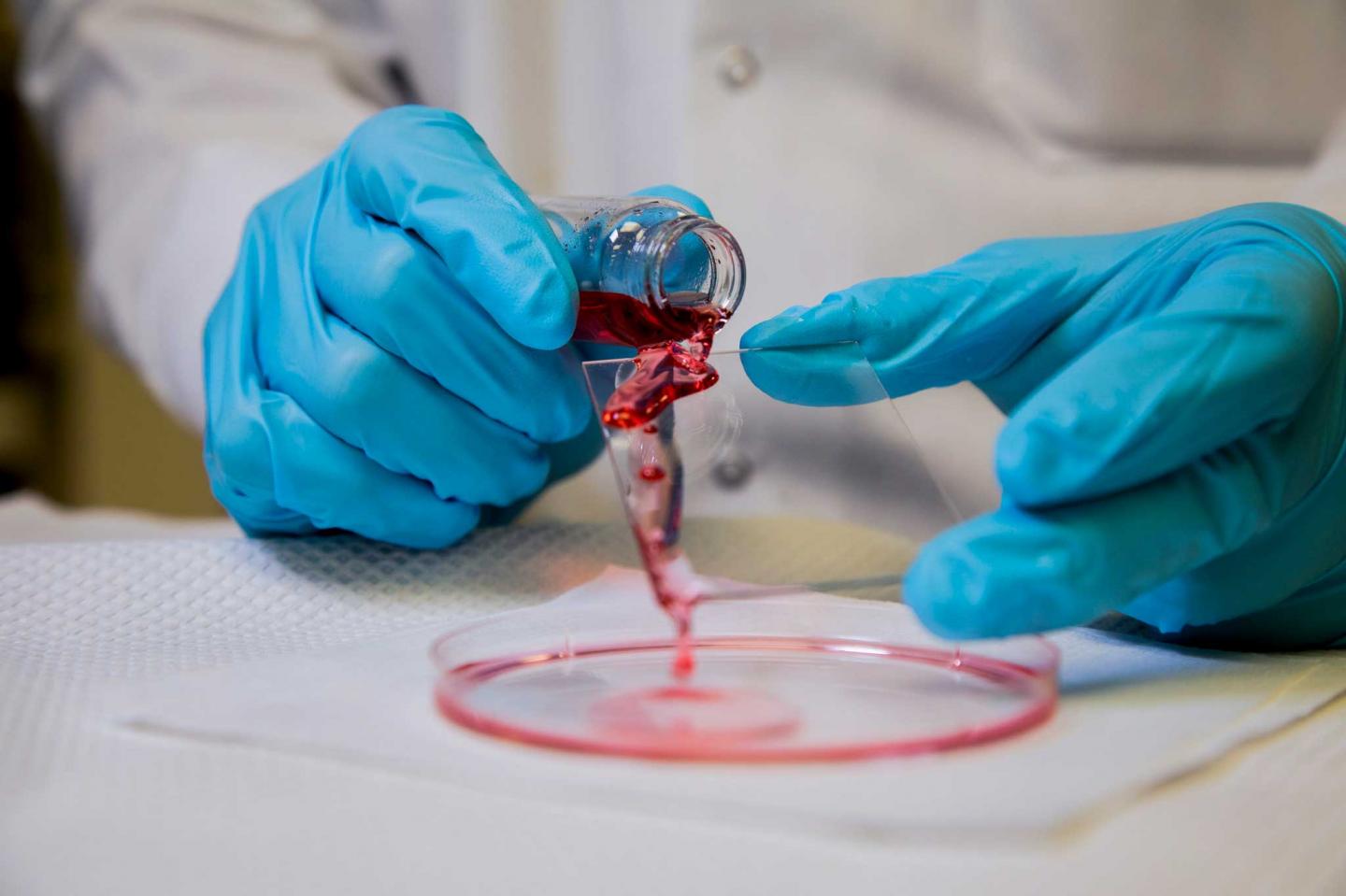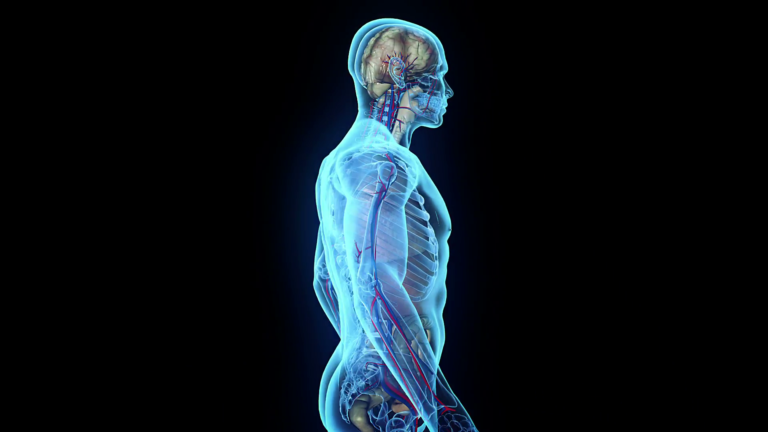The human mind is absolutely fascinating, and understanding its workings and functions has been, and will remain, a task pursued by many who are interested in its intricate design.
The way our mind works raises many questions; we do things without knowing we’re doing them, we act in ways that are unusual at times, and we think we know something when we actually don’t.
In this article, we are going to look at five things we got wrong about human psychology as proved by Science.
- We don’t actually multitask – it’s practically impossible
All these years we’ve been telling people how great of a “multitasker” we are, we’ve been lying to ourselves more than we did to others. The thing is that what we think constitutes as “multitasking” is actually far different from the actual meaning. When we think we are multitasking, what we’re actually doing is context-switching, i.e. switching back-and-forth between one task and another, and not doing them both at the same time.
What happens in the brain is truly fascinating. When the brain is occupied with one task, the prefrontal cortex is the one that receives the signal from the anterior part of the brain and communicates it to the rest of the brain so that the task is commenced and completed. However, according to a study conducted in Paris entitled Divided Representation of Concurrent Goals in the Human Frontal Lobes, when the brain is given a second task to do, it splits up, and each hemisphere works on its own. This means that instead of being used at its full capacity, the brain had to split its resources and painfully switch back between the first and second task.
This increased the error rate by 50% and took them twice as long to complete their tasks. The worst instance, however, was when a third task was introduced. According to the study, the volunteers could not handle juggling three tasks at once, and kept forgetting one of their tasks and made three times as many errors as they did while dual-tasking.
This shows that contrary to what we might believe, giving ourselves more than one task to handle at once, is far from being efficient. Think about that the next time you plan on overloading your brain!
Source: The Mind Unleashed, ‘10 Surprising Facts About How Our Brain Works’
- Our brain “rewrites” monotonous speech of boring people
A study conducted by scientists at the University of Glasgow’s Institute of Neuroscience and Psychology. revealed that the moment our brain hears “monotonously-spoken words”, it is immediately triggered to “rewrite” the speech to make it more interesting and expressive. Scientists argue that the brain does this as soon as it senses that we are about to drift away in our thoughts as a result of a boredom. It creates an “inner voice” as a way to “cope” with, and muffle the boring speech. The principal author of the research, Dr. Bo Yao, explains that the brain is very “picky” about the kind of speech it hears:
“You may think the brain need not produce its own speech while listening to one that is already available. But, apparently, the brain is very picky about the speech it hears. When the brain hears monotonously-spoken direct speech quotations which it expects to be more vivid, the brain simply ‘talks over’ the speech it hears with more vivid speech utterances of its own. By doing so, the brain attempts to optimize the processing of the incoming speech, ensuring more speedy and accurate responses.”
The research, entitled “Brain ‘Talks Over’ Boring Quotes”, involved the scanning of the brains of 18 participants using functional magnetic resonance imaging (fMRI) to detect brain activity while Each participant listened to a number of audio clips of short stories containing direct or indirect speech quotations. Some of the quotations were spoken vividly, and others monotonously. The fMRI results showed changes in the oxygen levels in the blood demonstrated that the activity in certain areas of the brain associated with human speech, i.e. the brain’s auditory cortex, increased when people listened to the direct speech quotes that were spoken monotonously.
Source: Telegraph.co.uk, ‘Brain rewrites monotonous speech of boring people’
3. People can become addicted to anything – good and bad
The idea that addiction is caused due to the nature of the thing, it being bad like drugs, for instance, is a long-held belief that is the time we address properly. When we talk about addiction, most of the time, we are referring to the usual drugs, alcohol, gambling, etc. But what we don’t talk about, is the reality that people can become addicted to things that do not actually seem “negative” at face value.
What do we mean by this? Well, what we mean is basically, that people can become addicted to just about anything – good or bad. A person can become addicted to fitness to the point of causing more harm to the body than good. A person can become so addicted to work, that it could destroy his mental well-being and relationships with other people. But, if this is true, which it is, then how exactly does the psychology behind addiction work?
A study conducted by two psychologists in the 1950s, entitled The Neuroscience of Pleasure, shows the results of an experiment carried out by two psychologists on lab mice. In simple words, the two psychologists, James Olds and Peter Milner, implanted a few electrodes on the mice and placed them in cages containing a switch. Every time the mice pressed the switch, an electrical simulator would send their brain a positive stimulus. Quickly, the mice understood that the switch was the reason behind the “feel-good” sensation and so naturally, they started pressing the switch consistently and continuously. In fact, the psychologists recorded up to 7,000 presses an hour and also noticed that the mice were skipping food and water in the process.
Does this sound familiar?
Sounds just like what humans do when they’re addicted to something like playing on the Xbox. How many times have we read news about a teenager or even adult, skipping bathroom breaks and meals in order not to “pause the game”. Does that mean that playing video games is bad or will inevitably cause addiction? The answer is no of course! When we are doing something that gives us pleasure or satisfaction, our brains will naturally release dopamine, giving us the same “feel-good” sensation experienced by the lab mice, and so in order to prolong the sensation, we simply repeat the same activities over and over again. So whether we are gambling, eating chocolate, playing video games or hitting the gym – it all comes down to self-control.
We do what we do out of selfish reasons, to “feel good”, but it is our responsibility to keep ourselves in check and stop ourselves from ending up in a never-ending loop of indulgence. The truth is, anything can become harmful if taken to the extreme.
Source: Casinos.co, ‘Psychology of Gambling’
4. Your brain actually wants fewer choices than you might think
This idea has actually been around quite a number of years. Whilst there have been several pieces of research on the topic of “choice”, many usually refer to one particular study that was conducted back in 1995, entitled The Art of Choosing, and it involves jam. Professor Iyengar together with her research assistants set up a booth of samples of Wilkin & Sons jams in a California gourmet market. Every now and then, the team switched between offering a selection of 24 jams to a selection of six jams – and something very interesting was revealed.
First of all, they found out that, regardless of the number of jams on offer, people tended to taste only two jams. Therefore, the number did not increase with the greater selection of jams available on offer. Secondly, although 60% of customers were attracted to the stand with the 24 jams on display, only 3% of them actually purchased a jar of jam. On the other hand, although 40% of people were drawn to the stand with the smaller assortment of jars, 30% of them actually purchased a jar!
This experiment thus raised the question of whether having too many choices can actually cause paralysis and indecision, rather than give people the freedom to have more choice. As appealing as it may be to have a variety of selection, Professor Iyengar claimed that “in reality, people might find more and more choice to actually be debilitating.”
Source: New York Times, ‘Too Many Choices: A Problem That Can Paralyze’
5. According to Scientists, it takes 66 days for us to form a habit
Contrary to what many of us have believed all this time, habits are not born but are created by us. In his paper entitled “The Power of Habit,” Charles Duhigg explains how every habit, be it good, bad or insignificant, starts with a psychological pattern called a “habit loop”.
According to an interview with National Public Radio, Duhigg claimed that there are three steps involved in the “habit loop”. The first step is when there is a trigger that tells your brain to allow you to engage in a particular act of behavior. The second step is the behavior itself taking place and gradually becoming a routine. The third step is the “reward”, i.e. something that your brain likes and helps it remember the ‘habit loop’ in the future.
Breaking habits once we have formed them is very hard because we are able to do other things without thinking about our habit. We can engage in our habit while simultaneously doing something else. For instance, we can easily start biting our nails while watching a movie, without us even realizing it. According to a study entitled How are habits formed: Modelling habit formation in the real world released in the European Journal of Social Psychology, Phillippa Lally, and her team surveyed 96 people over the span of 12 weeks and determined that the average time it took for the participants to develop a new habit was 66 days.
This means that a habit is not born out of anywhere in a span of a few days. It takes more than two months to develop a habit. So the next time you try to break a habit, don’t give up after the first week! If developing a habit takes time, then naturally, breaking a habit requires its time as well. If it takes you 66 days to develop a habit, then you can take focus your time and energy for 66 days to break a habit.
Source: EiteDaily.com, ‘Scientists Say It Only Takes 66 Days To Change Your Life If You’re Strong Enough’
More News to Read











